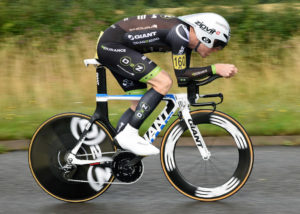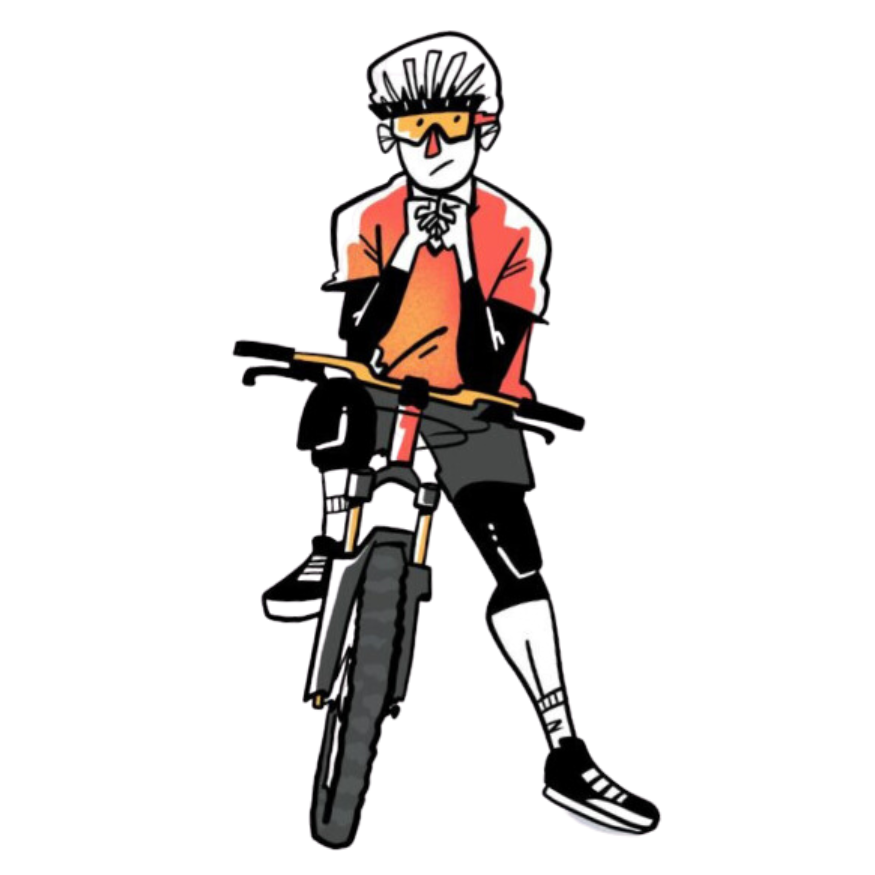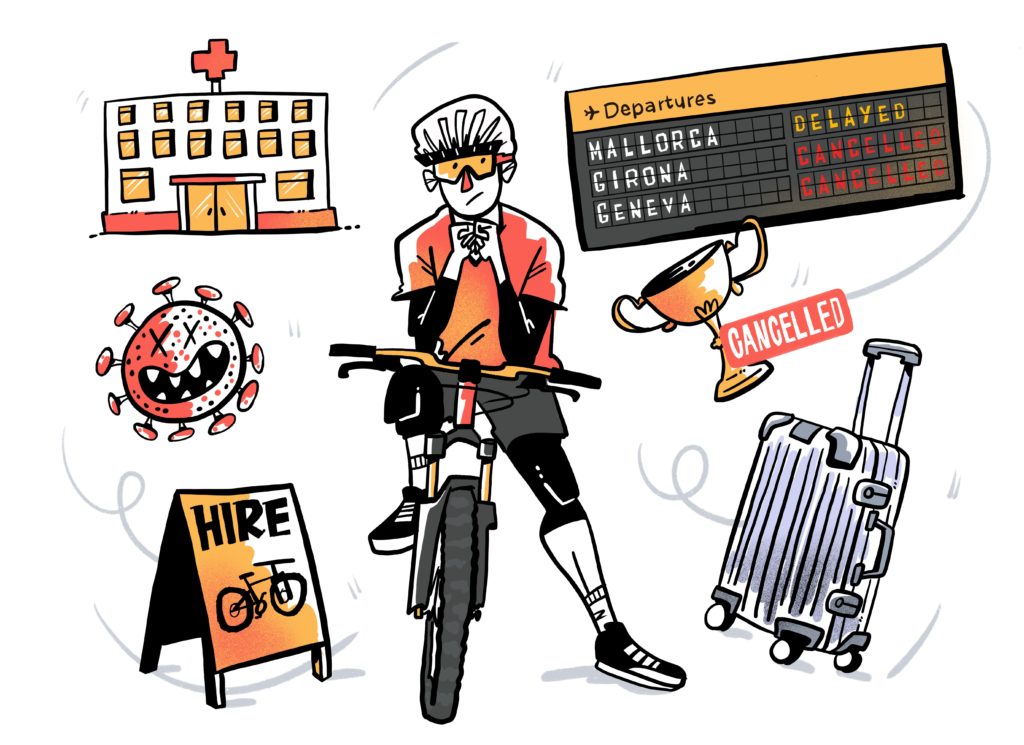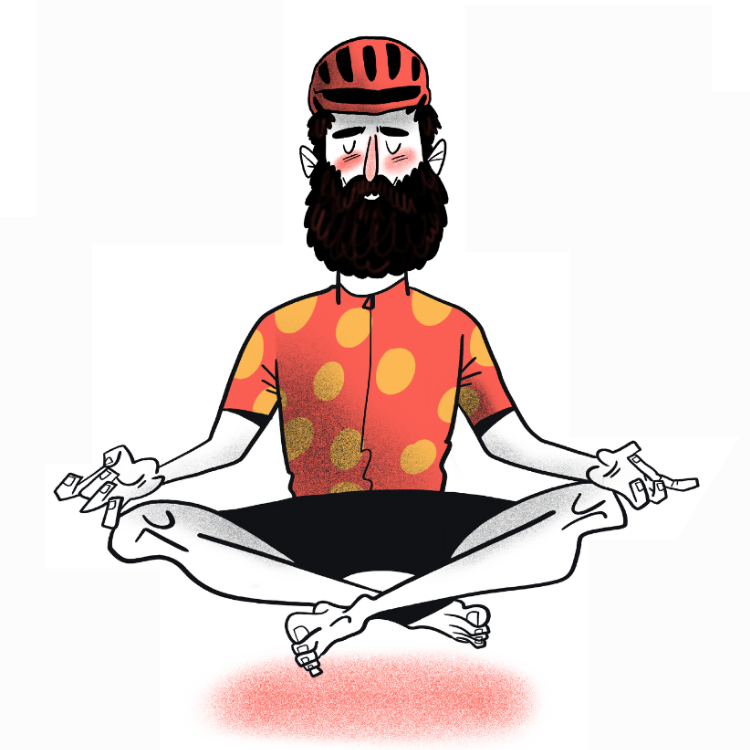The most coveted prize in the sport of cycling has a history that dates back almost a century – an iconic symbol passed from some of the sport’s most beloved heroes to its infamous villains. The yellow jersey is a legend-maker, a symbol of pride, power and – most of all – panache. But how exactly did the maillot jaune enter the sport? Its history sparks a contentious debate among cycling historians…
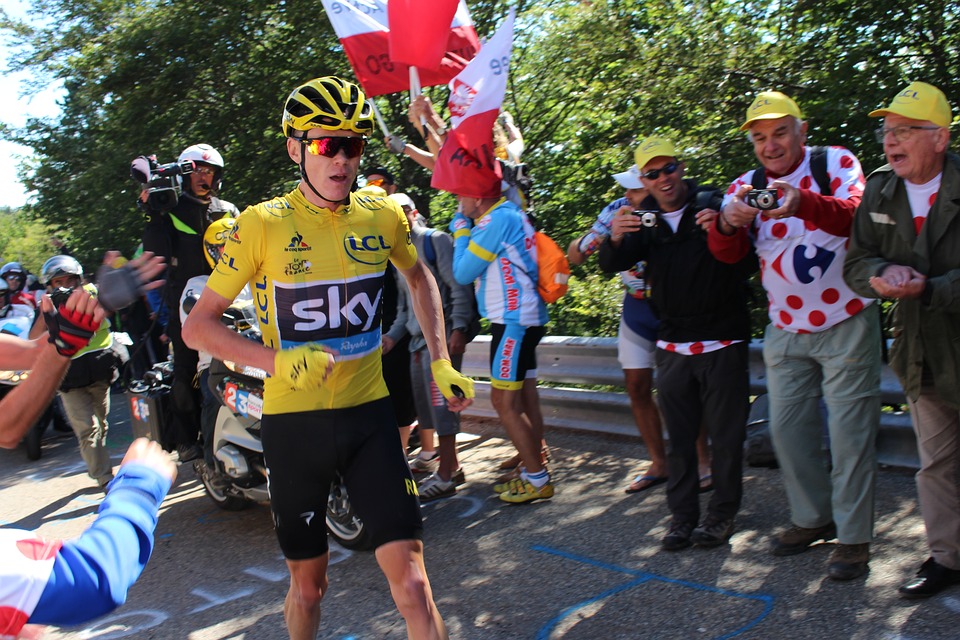
A post shared by SlipStream_360 (@slipstream_360) on
From war comes peace
The Tour de France’s iconic yellow jersey hasn’t always been the distinguishing strip of the leader of the overall classification – the actual origin of the jersey a subject of much conjecture. Maurice Garin, nicknamed ‘the little chimney sweep’ by adoring fans, wasn’t bestowed the honour of wearing yellow in the 1903 debut Tour de France – a green armband used instead to highlight the current leader of the race.
In fact, the first mention of the yellow jersey in the cycling scriptures doesn’t appear until ten years into the Tour’s history – during the 1913 edition won by Belgium’s Philippe Thys. Thys was reportedly asked by then, and first ever, Tour de France race director, Henri Desgrange, to wear a coloured top in an effort to distinguish him from the other riders. Thys initially declined, claiming that he would be too visible to other riders while chasing them, before finally agreeing when asked by his team manager. What colour jersey him and Desgrange agreed on remains a mystery, for the first recorded sighting of the iconic yellow wasn’t made until six years later, upon the shoulders of the French legend Eugène Christophe.
The year was 1919 and the Tour de France was making its comeback after a four-year, war-induced hiatus – many of the men who highlighted the previous 12 editions lost to history, never to return to the sport. It wasn’t until the 11th stage of the 1919 edition, and two thirds of the way into the mammoth 5,560km, that Desgrange reignited his idea of a coloured strip for the leader. On the eve of the 12th stage, and just before the registered 2am departure – Desgrange handed Christophe a tatty, woollen yellow jersey and sent him on his way – the Frenchman unknowing of his pioneering journey ahead. Like many pioneers, Christophe was not all too impressed with this new, yellow discovery – claiming that he was made a laughing stock as spectators hurled abuse at him and screamed ‘canari!’ as he flew past.
The laughter and abuse soon turned into chants of ‘Allez Allez Allez!’, however, the yellow jersey evolving into an emblem of French patriotism. The iconic symbol of leadership had etched a name for itself within the sport and wider world – solidifying the look of the Tour de France as we all know it today.
Why yellow?
Much of Desgrange’s annoyance with the team strips of old came from the fact that they were largely monochrome and therefore indistinguishable in the dead of night – riders often riding through dusk and dawn in the earlier editions of the race. Yellow was a bright colour and would reflect well in the headlights of Desgrange’s motorcar – but it wasn’t the primary reason why the race director finally decided on the garish colour.
In fact, yellow was nothing more than the colour of the paper on which Desgrange’s paper, L’Auto-Vélo, was printed. Canny old Henri found that he could highlight the leader of his race, while also promoting his newspaper at the same time – a ‘win-win’ situation for the man that history describes as, ‘a stubborn old cuss’.
Christopher Thompson, professor of history and author of ‘The Tour de France: A Cultural History’ describes how the yellow jersey, and the Tour’s other iconic jerseys, have translated into the modern era of cycling.
“The colours, their consistency and their stories act as a reference point for the public and for the riders,” states Thompson. “They tie the current greats back to previous generations and allow us to connect moments, achievements and riders through history…and it’s all because they’ve worn the same jersey.”
The yellow jersey is synonymous with cycling itself – the Tour de France, and its iconic yellow strip, one of the few races that transcends the relatively niche sport of professional road cycling and gains the recognition of the wider public.
Famous wearers and record-breakers
Since its inception in 1919, the yellow jersey has graced the shoulders of close to 300 individuals – from five-time Tour de France winners, to one-day breakaway wonders – the yellow jersey has defined the careers of many. Across these 300 individuals, more than 2,100 yellow jerseys have been awarded – a slight mismatch if you compare this number to the total number of stages that have taken place in the Tour de France. This is due to three editions of the race actually having multiple race leaders at some point in their duration, identical finishing times resulting in the iconic yellow being shared across the peloton.
Belgian legend, Eddy Merckx, is one of the most iconic riders to wear yellow. Winner of five Tour de France titles from 1969 to 1975, and wearer of the yellow jersey for a record 96 days – cycling’s most successful superstar has conquered every challenge the Tour has conjured up.
Just behind Merckx in terms of number of days in yellow, are the other five-time Tour de France winners, Bernard Hinault (75 days), Miguel Indurain (60 days) and Jacques Anquetil (50 days). Pitching himself among the greats, however, and looking to join them on five Tour de France titles, is Britain’s Chris Froome – the defending champion notching up 59 days in yellow as of the 2017 edition.
On the eve of the 2018 Tour de France, with the four-time winner eyeing up yet another pursuit of yellow, we could see yet more records topple this July?





